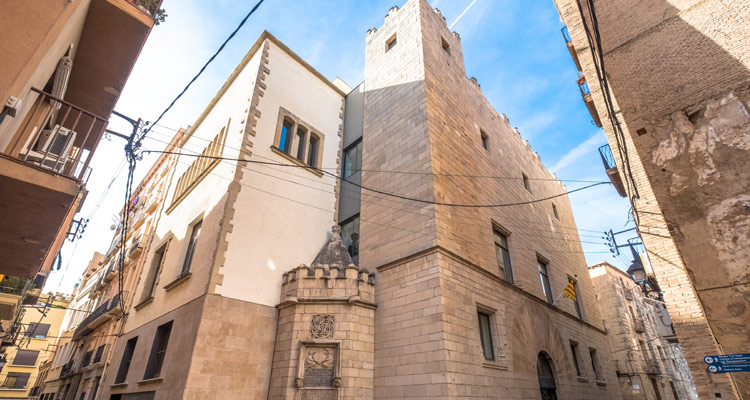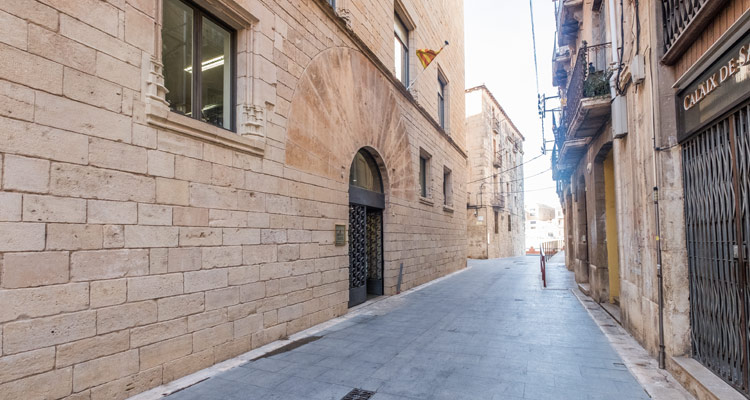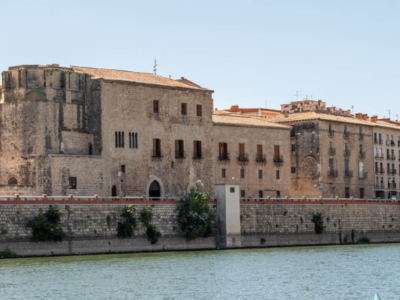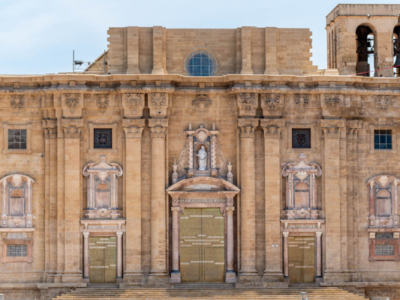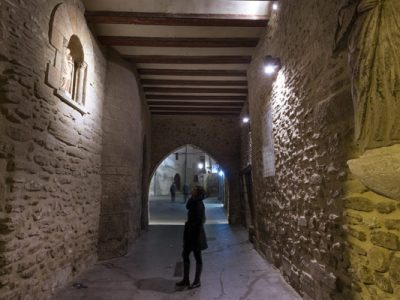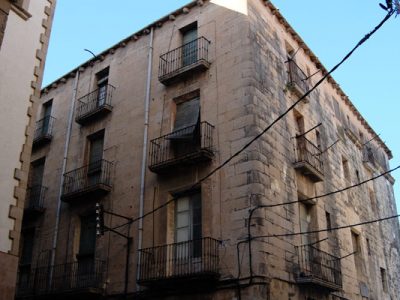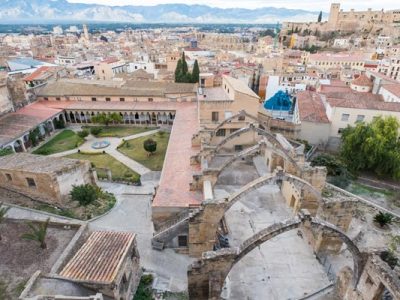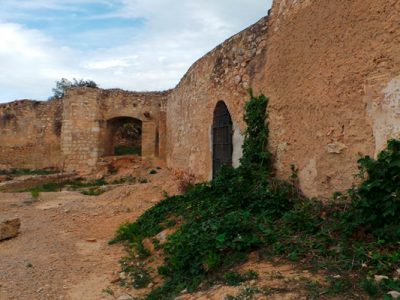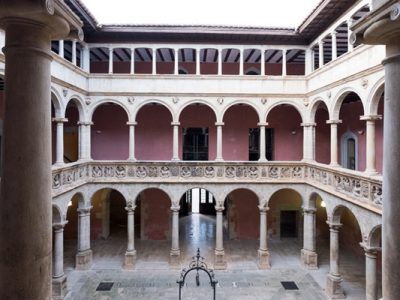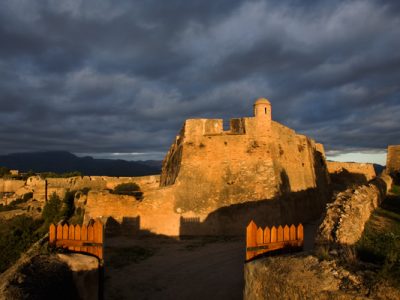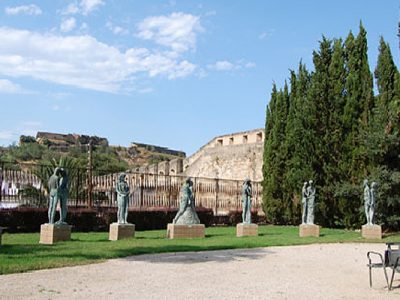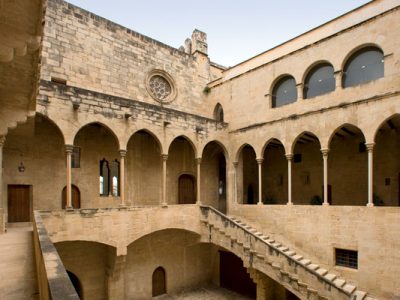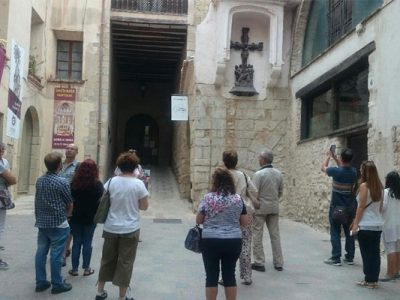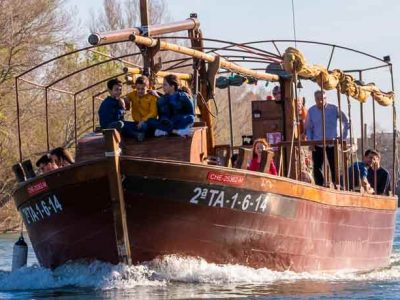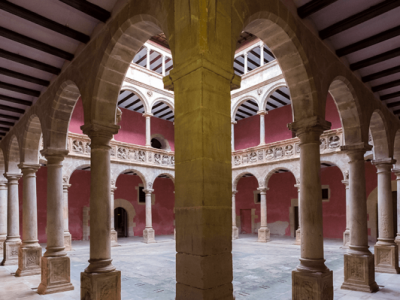Description
Oliver de Boteller Palace is a magnific exemple of civil gothic arquitecture. It belonged to one of the most influential noble families in the Tortosa of the XIVth Century. In a time when disputes and rivalries between families turned the streets of the city into a battleground, Lluís Oliver de Boteller burst into the Tortosa and Catalan politics as a powerful head of a camp. With a great heritage and enjoying the confidence of the king, this character led an important lineage from which three presidents of Catalan Government came out.
In the 18th century, Joan Oliver de Boteller again raised the name of the family in history books. Faithful to the Archduke Charles, he collected the flag of Santa Eulàlia when Rafel de Casanova was wounded on September 11th 1714 during the fall of Barcelona. Together with the Duke of Berwick, Oliver de Boteller negotiate the capitulation of the city, being a key piece in the last days of the war succession.
The building was in the 15th century, presiding over the river façade, very close to the old corn exchange. In times of conflict, Oliver de Boteller’s palace was a key element for defending the city from the river’s attacks. To carry out this defensive function, it had a fortified appearance with an austere, solid and crenleted façade. Inside, however, it had to be the most luxurious and well-equipped building in Tortosa. He even hosted the King Philip II during his stay in the city in 1585.
Today, moved to in which the old Town hall was situated, the palace only preserves the outer side and the vaulted ceiling of the noble room. The rest was destroyed during the Civil war. In witness to this conflict, it is still possible to see projectile marks on the façade. In addition, to the left of the building is preserved the monumental Gothic fountain that supplied water to the center of the city during the Middle Ages.
